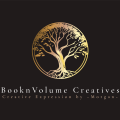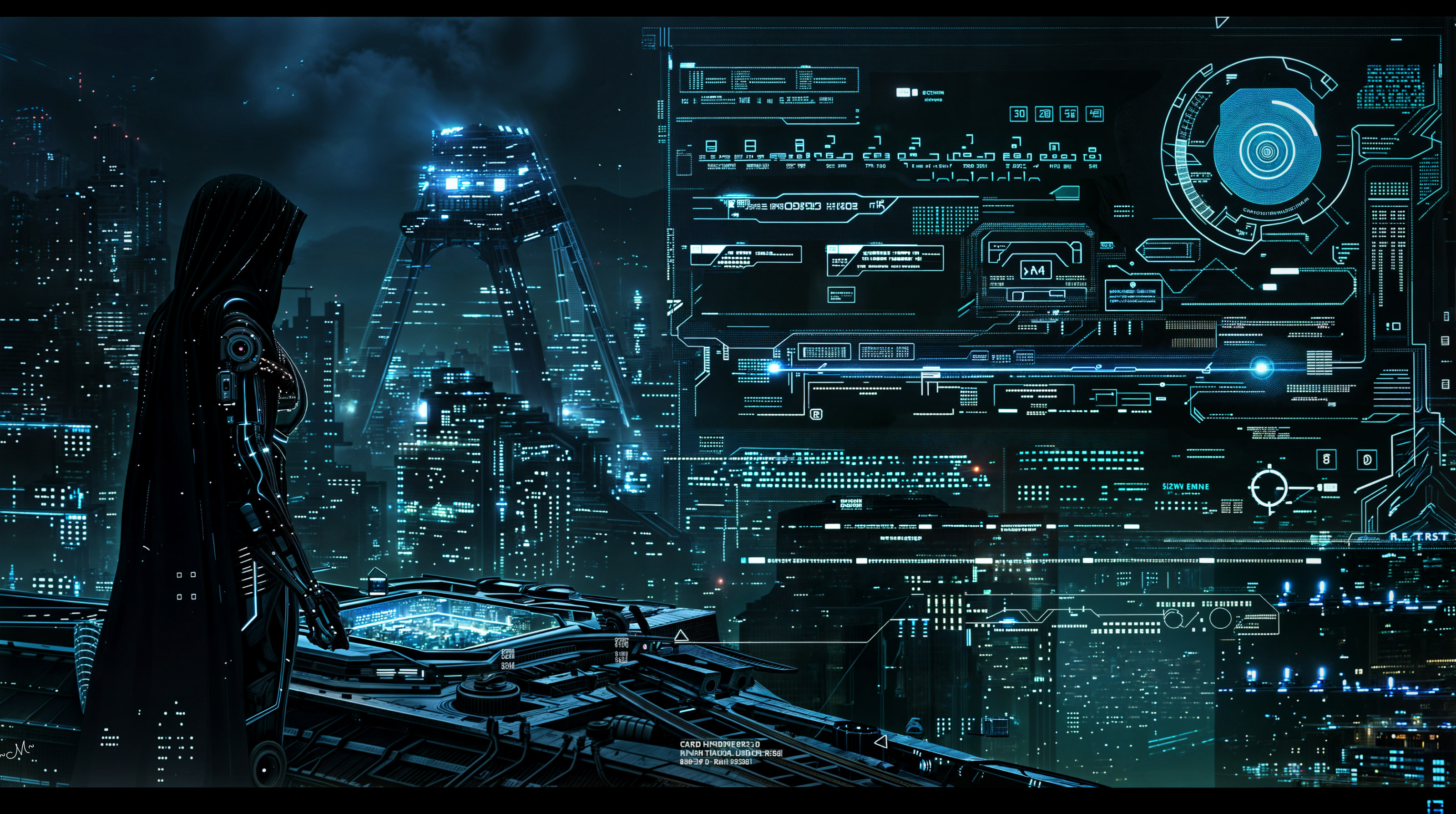
What is Synthography?
Synthography, a term derived from the words synthesis and photographer, is used to describe a specific form of AI art. It refers to the process of creating digital media from AI image generators. There’s a great deal of resistance whenever someone mentions AI Art, and for many reasons, and I understand the passion. Take, for example, AI writing. Though there’s less social rage about it, AI writing can be seen as much a threat to writers as AI art can be seen as a threat to artists. The same argument can be used: artists and writers will lose their livelihood as a result of the demon AI.
AI, often misunderstood, is not a rogue entity like Skynet or a harbinger of The Matrix. It is, in fact, Complex Information Processing. It’s a tool that, without the guidance of a human, remains inactive. It doesn’t spontaneously create masterpieces like Van Gogh’s ‘Starry Night’ or Peter Mohrbacheumr’s ‘The Last City. ‘It’s the human input that breathes life into AI, shaping it into a powerful creative tool.
It sounds extreme, I know, but I’ve heard statements like these and others since I dipped my toe in the Sythography world. AI is a tool that requires input — often very, very specific input. Just like Jasper, Rytr, Hyperwrite, and Sudowrite, which are AI writing tools used in creation, AI art generators are tools used in creation, but they can only create something if an artist specifies what they want.
For example, Even if I use a top-rated AI generator like Midjourney, inputting a basic prompt will generate a very basic image that usually has errors.
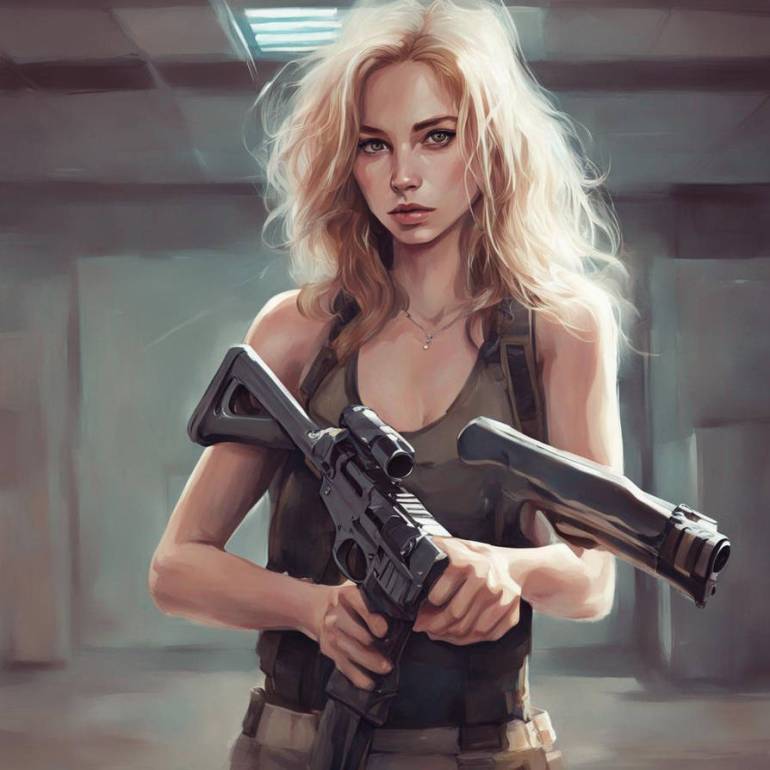
However, with more specific and detailed input, the AI generator can produce more complex and refined images, such as
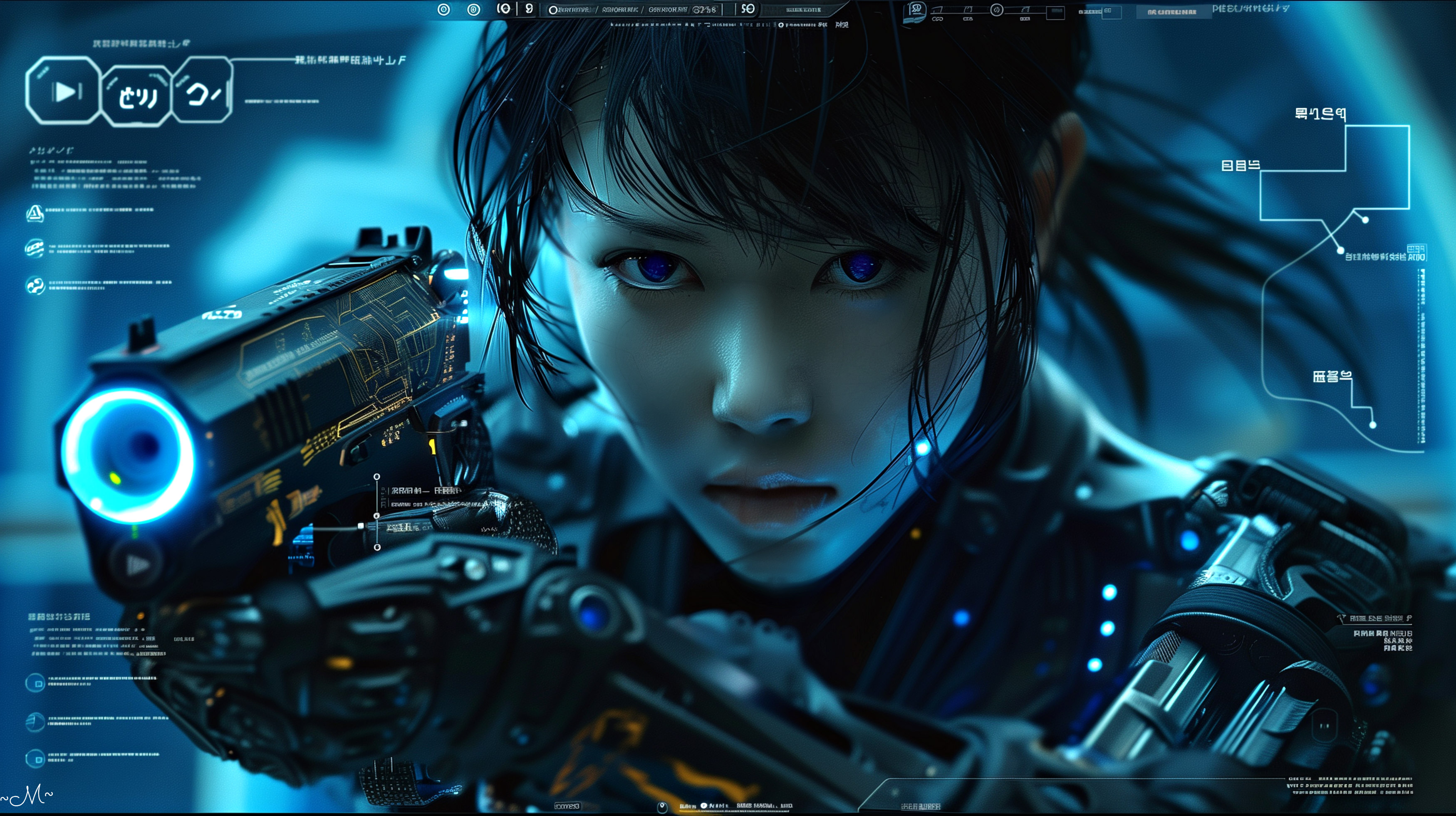
The Art of AI
To create something like this, you must repeatedly enter a complex set of parameters. This particular image took a total of Creating any type of impactful AI-generated art requires balancing consistency and creativity. Retrying again, and again, and again…sometimes 30–60 or even 100 times… is necessary to achieve the type of image shown above. Only by teaching the AI generator over a large number of regenerations can it improve on excellence, style elements, and themes to produce an image free of errors.
In other words, just like any artist, practice makes perfect, but without the artist’s guidance, the AI generator will continue to create unsatisfactory variables because it doesn’t know what to do on its own.
Some simply enter a prompt, generate an image, and then stop. These images are posted without scrutinizing consistency or coherency. Many of these images don’t even gain a name or title in the process and are not edited in any manner. Enter the term Photo Dumping. I agree with many that this form of ‘artistry’ leaves much to be desired.
As a Synthographer, I begin the process by imagining and visualizing the image I want. I also decide what tone I’m looking for, what message, if any, I’m promoting, and/or what story I’m trying to tell — just like any artist. I then utilize an AI generator — for my part, Midjourney — to create the image, utilizing the process mentioned above, which can take hours and sometimes days to achieve the result I’m striving for.
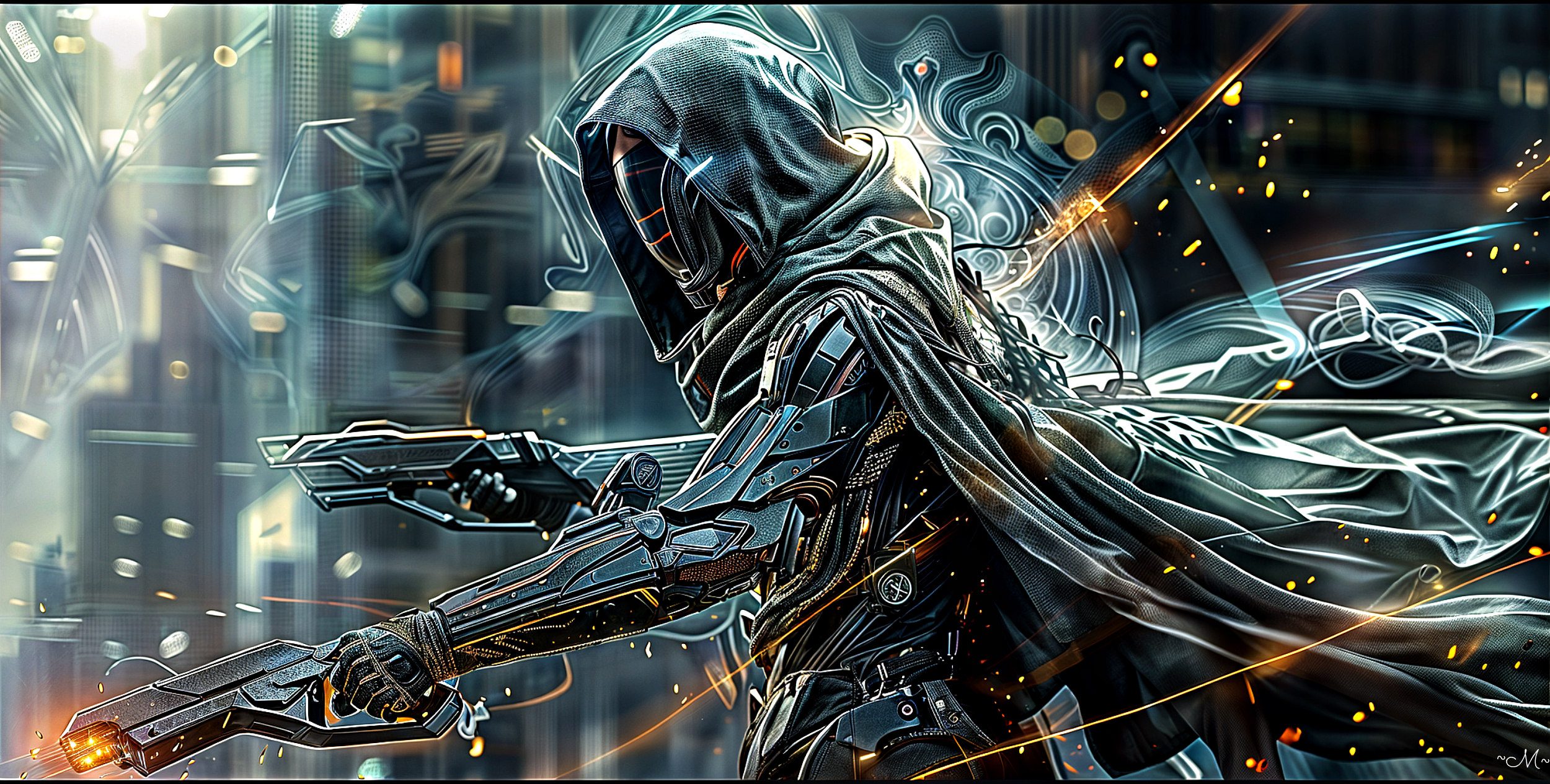
A synthographer takes an image from its initial stages and uses a multi-step process. This process involves using various digital and photo editing tools to add layers to the subject, create a specific mood and ambiance, enhance or reduce certain aspects, and make augmentations. Integrating external media, digital overlays, filtering, sculpting, and manipulation, the synthographer creates a final composite that evokes emotion, explores a theme, offers a unique perspective, and sparks the imagination.
Room for improvement
Many agree that the problem lies in the fact that AI companies use copyrighted images to train their algorithms without asking for consent or offering compensation to the artist. At the very least, the image should include source data and accreditation for the artists used in its generation. Metadata could be embedded within the digital file of the artwork, containing information about the artist(s)and any copyright or ownership details. This data can serve as identification without visually altering the artwork.
AI art generators should require permission from artists before utilizing their work in their algorithms. There could be some mode of compensation, even a few pennies per usage, that goes back to the artist instead of the AI generation company, which is raking in funds hand over fist. Midjourney alone generated 200 million in 2023.
Care must be taken now to establish equitable regulations for the use of AI to ensure the best outcomes for the future.
~Morgan~
If you’d like to keep up with everything I’m doing, sign up for my monthly newsletter by visiting my author website
If you’d like to see more of my artwork, please visit my DeviantArt page
